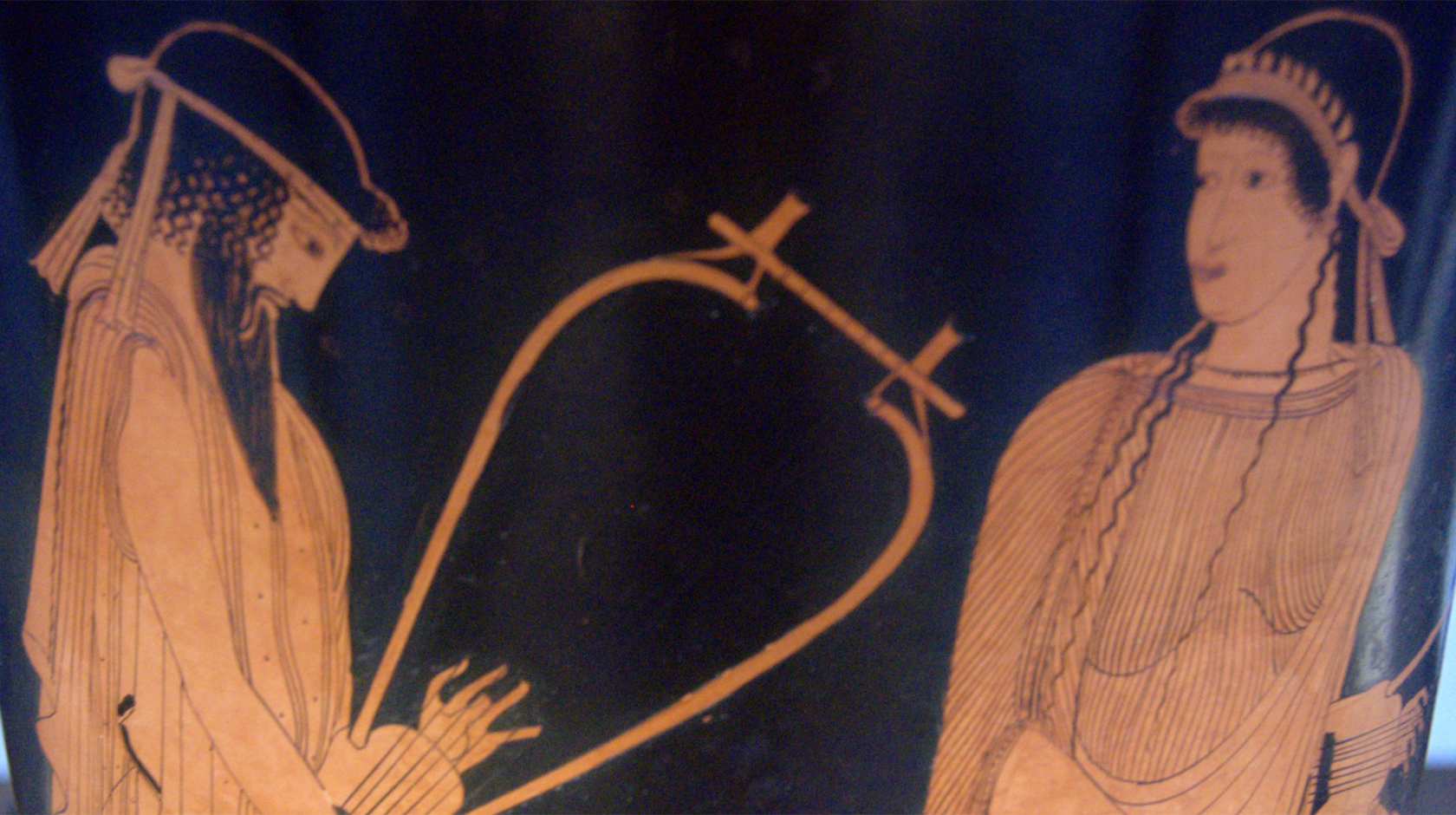In Ancient Greece, Art is Literature, and Literature is Poetry

In Ancient Greece, Art is Literature, and Literature is Poetry
In Ancient Greece, art is literature, and literature is poetry.
In Ancient Greek, there is no word for "art" in the sense we use today. While the Latins use the word "ars" (gen; artis), which later passed into Western languages as "art," the closest words used in Ancient Greek to describe this concept are "techne" and "poieo." "Poieo" is more about creation, and from this act of creation, poetry and poets are defined. Poetry, as the process and result of a creative act, is called "poiesis." The person who creates poetry is defined as "poietes."
The word "techne" encompasses the knowledge and skills necessary for a creative process. Modern words such as "technical" and "technology" are derived from this root. Therefore, when used in any artistic context, it would be more appropriate to define it as "craftsmanship."
If we refer to E. Gombrich's words in his book The Story of Art, we could say that "sculptors and ceramicists were ordinary workers working in dust and dirt in their workshops." The ones who stood out as artistic creators were the poets; they produced their works inspired by the muses (mousai).
In Ancient Greece, art is literature, and literature is poetry. This is because works such as epics, comedies, and tragedies were all written in poetic form, and each of them had its own specific meter. For instance, epics were written in hexameter, while tragedies were more often written in iambic meter.
A noteworthy point here is the signature of ceramicists. The potter who made the vase signs it with "epoiesen," which is derived from the verb "poieo." In modern languages, this expression is understood as "made," not "created." Meanwhile, the painter who decorated the ceramic uses the word "grapho," meaning "to write" or "to draw," and signs it as "egraphsen," meaning "drew." In modern languages, this is understood as "painted." This situation raises questions about how art was perceived in that era and the role of the artist.
In this context, it is possible to say that in Ancient Greece, art was a literary form, and at the heart of literature was poetry.
In Ancient Greek, there is no word for "art" in the sense we use today. While the Latins use the word "ars" (gen; artis), which later passed into Western languages as "art," the closest words used in Ancient Greek to describe this concept are "techne" and "poieo." "Poieo" is more about creation, and from this act of creation, poetry and poets are defined. Poetry, as the process and result of a creative act, is called "poiesis." The person who creates poetry is defined as "poietes."
The word "techne" encompasses the knowledge and skills necessary for a creative process. Modern words such as "technical" and "technology" are derived from this root. Therefore, when used in any artistic context, it would be more appropriate to define it as "craftsmanship."
If we refer to E. Gombrich's words in his book The Story of Art, we could say that "sculptors and ceramicists were ordinary workers working in dust and dirt in their workshops." The ones who stood out as artistic creators were the poets; they produced their works inspired by the muses (mousai).
In Ancient Greece, art is literature, and literature is poetry. This is because works such as epics, comedies, and tragedies were all written in poetic form, and each of them had its own specific meter. For instance, epics were written in hexameter, while tragedies were more often written in iambic meter.
A noteworthy point here is the signature of ceramicists. The potter who made the vase signs it with "epoiesen," which is derived from the verb "poieo." In modern languages, this expression is understood as "made," not "created." Meanwhile, the painter who decorated the ceramic uses the word "grapho," meaning "to write" or "to draw," and signs it as "egraphsen," meaning "drew." In modern languages, this is understood as "painted." This situation raises questions about how art was perceived in that era and the role of the artist.
In this context, it is possible to say that in Ancient Greece, art was a literary form, and at the heart of literature was poetry.
